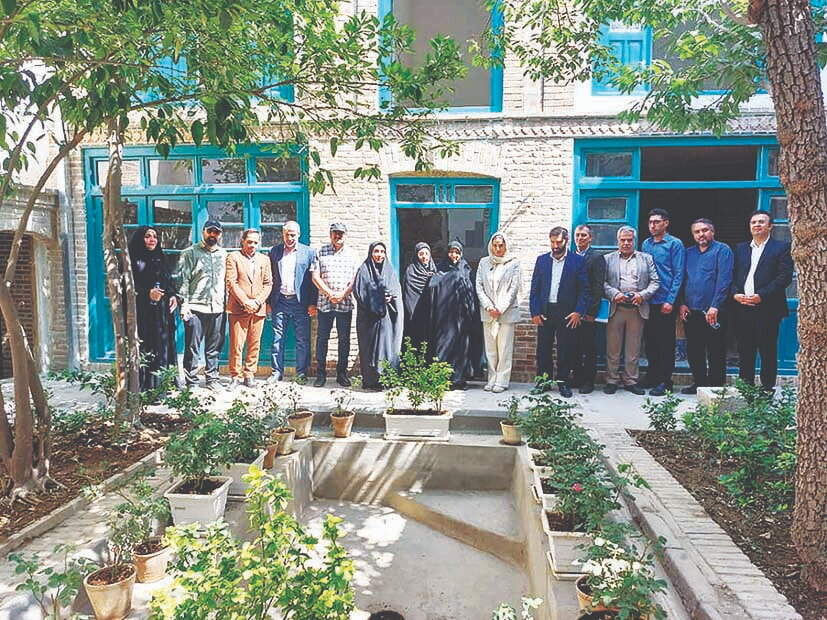Tehran – One of Iran’s most influential 20th century literary and philosophical figures, the paternal home of Jalal al-Ehmad, is undergoing the final stages of restoration thanks to the efforts of a dedicated team of Iranian women.
The two-storey Kajal era structure, located in the Sangeraj district of central Tehran, has been on Iran’s national heritage list since 2004. The home features traditional Iranian architecture, including independent Andalni (private quarter) and Birni (public areas), and is currently under supervision for the review and utilization of Iran’s national funds and historic monuments.
The restoration was spearheaded by Mahbube Kazemidurabi, a cultural developer who was responsible for the project in May 2021. At the time, the house became a site for reordering shelters and waste for water, electricity and gas.
Kazemi-Doulabi said, “We didn’t just deal with physical collapse. The home has also become a social issue for the neighborhood. We had to reclaim the space through community engagement and cleaning efforts before we could begin recovery.”
Technical difficulties continued, including severe moisture, structural deterioration of the kitchen, the drink preparation area, and the need to strip off layers of cement and plaster that were improperly applied in previous renovations. To reveal and preserve the original brickwork and Qajar-era characters of the house, the team had to carefully dismantle modern additions.
Despite these hurdles, Kazemi-Doulabi reports that the project is nearing completion. “We are proud to say that this house is now nearing a full recovery to its historic state,” she said.
The effort has attracted praise from local officials. Nargues Madanipur, head of the Tehran Municipal Council’s Cultural and Social Committee, visited the site along with officials from the 12th district and expressed her praise. “It’s inspiring to see competent Iranian women taking the lead in restoring the treasures of their culture. Their work ensures that future generations will have access to the legacy of one of Iran’s deepest literary voices,” she said.
Al-e Ahmad may best remember in his essay Gharbzadegi (“Westoxification”), which describes the Western appearance, behavior (particularly consumerism and materialism), modes of reasoning, and the unquestionable imitation of expression by oriental cultures with its inadequate intellectual understanding.
morning

